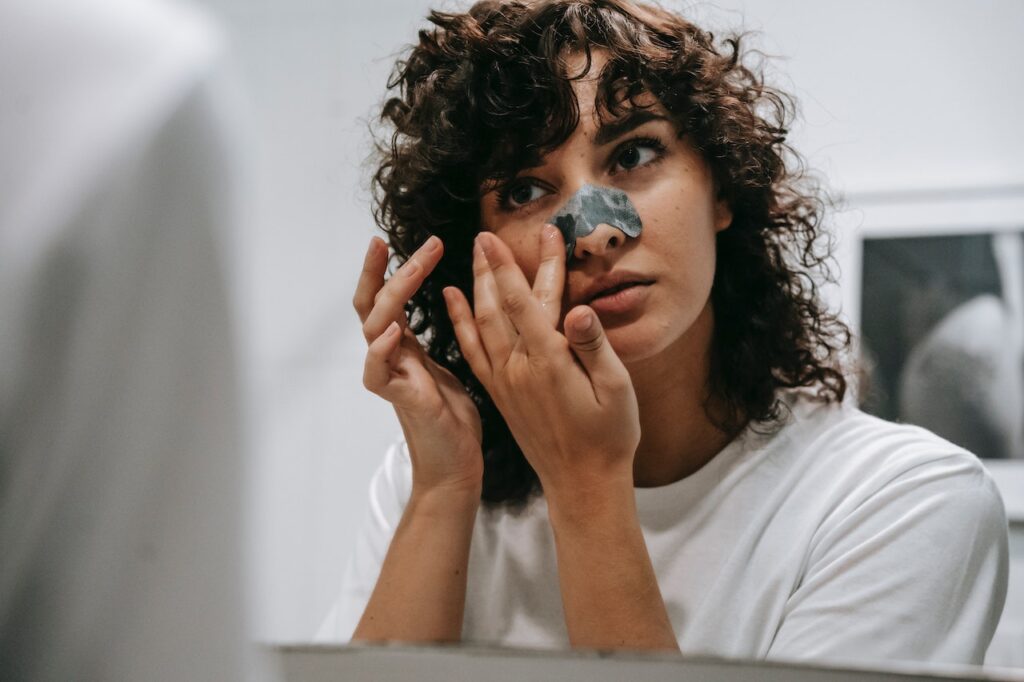Ingrown hairs can be a pesky and uncomfortable problem, but when they become deep-rooted, they can be particularly bothersome. These stubborn ingrown hairs not only cause irritation and redness but can also lead to painful infections if left untreated. Fortunately, there are a few effective methods to remove deep ingrown hairs safely and restore smooth, healthy skin. In this article, we will explore techniques that will help you bid adieu to those stubborn ingrown hairs for good.
Understand the Root Cause of Deep Ingrown Hairs
To effectively tackle deep ingrown hairs, it’s crucial to understand their root cause. Deep ingrown hairs occur when a hair grows sideways or curls back into the skin, rather than rising up and out. This redirection can happen due to various factors, such as improper hair removal techniques, curly or coarse hair types, or excessive build-up of dead skin cells. Knowing the underlying cause will guide us towards the most appropriate removal method.
Exfoliate Regularly
The first step in eliminating deep ingrown hairs is a diligent exfoliation routine. Regular exfoliation helps remove dead skin cells and unclogs pores, minimizing the chances of hairs becoming trapped underneath the skin’s surface. Opt for a gentle exfoliator with ingredients like salicylic acid or glycolic acid, which work wonders in loosening ingrown hairs and preventing further complications.
Soften the Skin and Open Pores
Before attempting to remove deep ingrown hairs, it’s essential to soften the skin and open up the pores. Start by taking a warm shower or placing a warm towel over the affected area. The warmth and moisture will relax the skin, making it easier to access and remove the ingrown hair. This crucial step helps reduce discomfort and the risk of irritation during the removal process.
Use Sterilized Tweezers for Precise Extraction
Once the skin is prepared, you can use sterilized tweezers to gently extract the deep ingrown hair. It’s crucial to ensure that the tweezers are clean and disinfected to avoid any potential infections. With a steady hand, carefully grasp the hair as close to the root as possible and pull it out in the direction of hair growth. Avoid digging or excessively probing the skin, as this can lead to further inflammation or scarring.
Apply a Soothing Antiseptic or Ointment
After successfully removing the deep ingrown hair, it’s vital to apply a soothing antiseptic or ointment to the affected area. This step helps prevent infections and soothes any redness or irritation caused by the extraction process. Look for products containing natural ingredients like tea tree oil or aloe vera gel, known for their antimicrobial and healing properties. Gently massage the ointment into the skin, promoting quick recovery.
Avoid Tight Clothing and Irritating Products
To prevent further irritation and ingrown hair formation, it’s essential to make a few lifestyle adjustments. Avoid wearing tight clothing that causes friction against the skin, as this can exacerbate ingrown hairs. Opt for loose-fitting, breathable fabrics instead. Additionally, be mindful of the products you use on your skin, particularly those containing harsh chemicals or fragrances. Opt for gentle, non-comedogenic products that won’t clog your pores.
Consult a Dermatologist if Problems Persist
While most deep ingrown hairs can be effectively treated at home, there are certain instances where professional assistance may be necessary. If you find that your ingrown hairs are frequently recurring, becoming infected, or causing severe discomfort, it’s wise to consult a dermatologist. They can provide personalized advice and recommend alternative treatment options to address the issue and prevent any complications.
Conclusion
Deep ingrown hairs can be both bothersome and painful, but with the right approach, they can be successfully removed. By understanding the underlying causes, practicing regular exfoliation, and using proper extraction techniques, you can bid farewell to those deeply rooted nuisances. Remember to care for your skin with soothing antiseptic ointments and make necessary lifestyle adjustments to prevent future ingrown hairs. If all else fails, don’t hesitate to seek professional help. Soon enough, you’ll be enjoying smooth and healthy skin once again.




